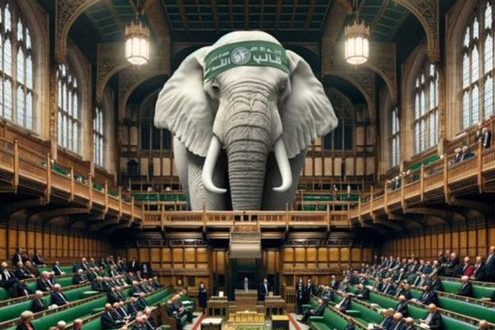Writing at Left Foot Forward, one Danny Doring cogitates on one justification put out for lower tax rates on high earners: namely that the feedback from higher rates could discourage them from earning more and creating more wealth and employment for others, instead contorting their tax habits – legally or otherwise – into offshore and other schemes).
(He discusses it in more detail at the Institute for Public Policy Research.)
Fifty percent of an additional £100,000 is less than 40% of an additional £130,000 sort of thing.
This, Doring says is justified by reference to the historical pattern of higher tax rates returning lower revenues; but does not consider that the top 1% have seen the gaps between their salaries, bonuses and other sources of income compared to those of the bottom 90% widen over recent decades.
It is difficult not to see this point, considering the way in which the salaries and bonuses of salaries of company directors and City earners rocketed during the Thatcher years. In 1981, a company director could be in a socially respected position which would expect an annual salary of four or five times the mean or median salaries within the company. In contrast, in 2012 salaries may be 10, 20 or more than that of one or both the means and medians within the company. And that is just in the public sector or trade unions.
Similarly, Doring refers to the increase of the average salary of the top 1% of earners compared to the bottom 90% between 1997 and 2007. With a rise of 60%, the former went from £187,989 to £301,325 whilst the latter saw one of 18% from £10,567 to £12,430.
In 1997, the top 0.1% received 61 times the mean wage of the bottom 90%. In 2007, this had increased to 95 times.
In essence, that those in the top brackets now pay a far greater percentage of direct income tax is not because of the current rates but because they now are receiving a far greater income in absolute terms than they did in years past.
Doring goes on to refers to the fact that higher employment levels from 1945-79 compared to post-1979 in the UK coincided with the top 1% having their lowest share of national income. On this, I might have to disagree with him, as during this period there still was the post-War dividend combined with a still functioning large industrial base which had developed during the period of captive markets in Empire and under-development beyond Europe and North America.
All the same. Fifty percent of an additional £100,000 is more than 40% of an additional £75,000 sort of thing.


